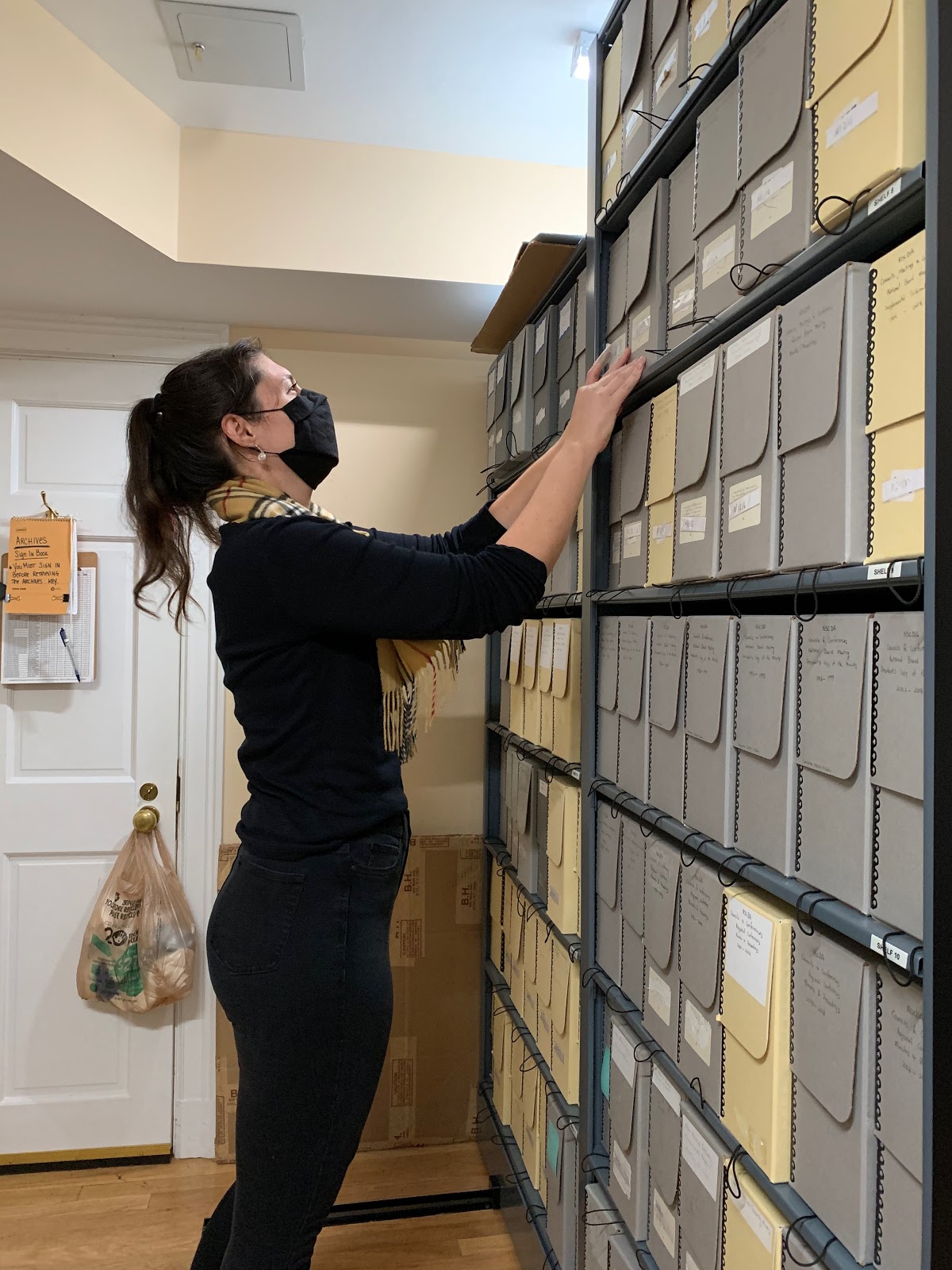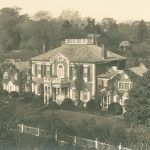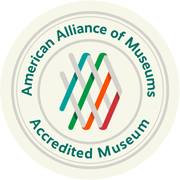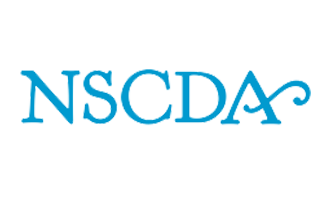This article contains the work of several interns who have been involved in the ongoing process of digitizing the many records in the archives of the NSCDA.
By Cheyenne Laux, Archives Intern October-December 2020
A small historic house museum, Dumbarton House has been the headquarters of the National Society of The Colonial Dames of America (NSCDA) since 1928, and has a notable history within the early years of the nation’s capital and Georgetown. The NSCDA is a woman-led, nonprofit lineage organization founded in 1891 with the goal of promoting the importance of historic preservation, patriotic service, and educational projects throughout the United States. Throughout its lifespan, the organization has embodied these ideas through its continual work in preserving over eighty historic homes and properties, providing funding for the construction of multiple monuments including the Spanish American War Monument in Arlington Cemetery, and maintaining scholarship opportunities, such as the American Indian Nurse Scholarship.

Since the purchase of Dumbarton House as the NSCDA headquarters in 1928, all important organizational records have been housed in its archives. Encompassing over ten thousand documents and almost 130 years of NSCDA history, the archives contain records such as NSCDA meeting notes, meeting brochures and packet materials, speeches, committee activities, correspondence, publications, organizational history, and the Roll of Honor register book.
This semester, I, Cheyenne Laux, had the opportunity to join the Dumbarton House team as their Fall Archives Intern, working with the Collections Manager to learn more about the NSCDA archives while using best practices to enhance long-term preservation of this collection. My internship tasks included drafting a Digital Archives Policy for the NSCDA archives – which I will explain more about shortly – as well as initiating the process of digitizing documents from the archives to make them more widely accessible to NSCDA members, and eventually the public.
Due to the inherent non-permanent nature of paper and archival documents, digitization is becoming an essential tool to preserve the contents of all archives so they can be accessed even after the physical document has deteriorated. Digitization, in a museum setting, includes having a policy in place to mandate workflows, inventorying the materials within a box of archival documents, scanning the documents to create digital copies of them, noting all critical information about the documents (creating metadata), and uploading the documents to the museum’s database.
The creation of a Digital Archives Policy is the first step in ensuring the NSCDA archives are preserved in perpetuity within the digital realm. The purpose of a policy is to createguidelines for NSCDA and Dumbarton House staff to follow in order to standardize the digitization process, thus ensuring that the documents are preserved in a systematic way, even in a digital space. Most of the work I did in creating this document included outlining what the current best practices are for preserving documents digitally and providing recommendations for topics to include in this policy based on other current digital archives guidelines. Some of the factors that museums consider when preparing to digitize collections and documents include accessibility, standardized file format (Word Document, PDF, JPEG, etc.), scan quality, and copyright concerns.
Along with the policy, my duties also included initiating the digitization process for the NSCDA archives. In four months, I was able to digitize one box of documents in the NSCDA archives about Dumbarton House miscellaneous history. Although one box may not seem like much, this equated to approximately 320 documents, consisting mainly of letter correspondence and newspaper articles about various NSCDA projects ranging from 1929 to 1992.
Within the archives, all archival documents live in these acid-free archival boxes, organized by folder. To maintain the order of the documents in the box, I scanned the documents one folder at a time. The documents were scanned as .pdf files on an office scanner at 600 PPI (pixels per inch), following best practice standards, which allowed for the best resolution image possible. Putting time and effort into digitizing collections according to best practices ensures that the documents will not have to be rescanned in the near future, aiding in better preservation of the documents. After all documents within a folder were scanned, I then began the process of creating metadata for them.
Metadata, or “information about information,” is vital information collected about a document or object that makes it identifiable. For example, metadata for a letter might include the identifying number given to the letter by the museum, the date the letter was written, who the letter was written to and from, the subject of the letter, where the letter lives in museum storage, and the fact that the letter was typed. Similar to typing key words or phrases into Google to search for an article or website, museum staff can use this metadata to find the exact digital copy of the letter they are searching for in their museum’s database.
I collected the metadata for each letter by putting the information into an Excel spreadsheet, which will live with the corresponding digitized documents. Below is an example of what the Excel sheet looks like:

Metadata fields gathered in yellow consist of the name and title of the document. The name of the document, sometimes also called a unique identifier, is a number given to the document by the museum. The title of an archival document usually includes information about the subject and date the document was written.
Metadata fields gathered in green consist of information about the physical location of the document. Most museums have a collections storage room (in this case an archives room) where most collections are stored. The unit, shelf, box #, box, folder, and order in folder (X of X) information indicates the physical location of a specific document within the collections storage room, as well as in its box.
The metadata information gathered from the orange fields are used to indicate the specific content of a particular document. Since many of the documents in a box are organized in folders, the title of the folder usually provides details of what the subject of the documents will be about. Type refers to the type of document, i.e., a letter, a newspaper article, a photograph, etc. Description and fuller description are a chance to provide a short blurb about the contents of a document. This allows someone to gain an understanding of what the document is about without having to re-read the document itself. Date refers to the date the document was written, if provided. It is also important to note the number of pages and copies of a document. If someone goes into the archives to find a specific document that is supposed to have three pages, but only sees two of those pages, they know they are missing a page.
Throughout my internship, I utilized this Excel sheet to gather metadata for each of the 320 documents I digitized. This metadata will now live with the digital copies of these documents and serve the Collections Manager as a quick reference guide for this specific box, without having to re-read every document.
Once all documents in this box were scanned and metadata created, they can now be considered digitized. As an intern, being able to complete a small digitization project such as this was extremely rewarding, but took a lot of time, patience, and attention to detail to ensure everything was done properly. Through the digitization process, these documents have received a complete inventory, digital records were created for them, and more information is available to researchers and other interested parties about them. Also, people can learn more about these documents without needing to physically sort through them, which would be detrimental to long-term preservation. I am happy to know that the work I was able to do will help facilitate better access to institutional history, as well as for the history of Dumbarton House itself, for NSCDA Members and Dumbarton House staff.
By Jewel Trail, Archives Intern May-August 2021
While not a secret and yet unknown to the visitors of Dumbarton House, underneath the antique floorboards where they step is the NSCDA Archive– housing over a hundred years’ worth of intimate, detailed information on the activities of the national organization. Though separate from the Museum’s collection, the Archive has similar and also unique stewardship needs to not only maintain the archive but make it approachable for the organization serviced by it. In order to make the archive more accessible, I, Jewel Trail, have been contributing to the digitization project in the NSCDA archive (described above).
My project is easily summarized into one word: I am digitizing selected materials in the archive. This means that I am creating digital versions and digital records of the physical materials. Depending on your academic or cultural heritage experience, this digitization project may be different than what you expect. We are not applying any interpretation to the materials, but rather cataloging all of the relevant, factual information we have in order for others to locate desired texts and apply their own interpretations later.
My daily tasks can be split into two categories: scanning the materials and then creating and organizing their metadata within a pre-established intellectual framework. Archives, this NSCDA archive included, often do not use collection databases like their museum counterparts. Instead, they use multi-level finding aids to understand the contents of the collection and how different subtopics within the collection may relate to one another. I was actively working to create metadata at the item and folder level, as the broader trends in the archive were already known at the box, shelf, unit, and collection level. Working from the broadest perspective of the intellectual framework to the most detailed, as was established through the work of pervious interns and the digitization policy, is essential for creating relevant and sufficient metadata for each object individually.

After establishing what digitization is, we need to ask: Why do we want to digitize? Digitization is certainly a buzzword in the museum sector, but it is also an important aspect of archival or museum work because it addresses multiple goals simultaneously. Digitization is a time-consuming process and has hidden costs, such as maintaining a digital platform, training those using the platform, maintaining security, and migrating data as technology becomes obsolete, so it is necessary that we answer why it is so necessary. By digitizing, the Archive is preserving important information about its objects for a future time when the object may no longer be accessible (though we are preventing that as much as possible by reducing future unnecessary handling during research or removing elements of the materials that are deteriorating (like staples and paperclips). Additionally, complete and accurate digital records help ensure that information is not lost during staff turnover or the loss of the physical material. Outside of direct care of collections, digitization helps improve accessibility. The archive has an access barrier simply by having a set location in a controlled area. Therefore, by creating digital versions, a wider audience has access to the files since they do not need to be handled or require any travelling to be viewed.
Approximately 4,000 pages of materials are represented in the work I have completed. This includes almost 60 NSCDA Biennial Historian’s Reports, numerous letters, speeches, essays, maps, and pamphlets, among yet other types of materials. In total, my work this summer will continue to aid the Collections Manager and/or Archivist in knowing what is in the archives and then find the records when requested, disseminating the information to a wider audience and allowing for more interpretation of the materials.

















